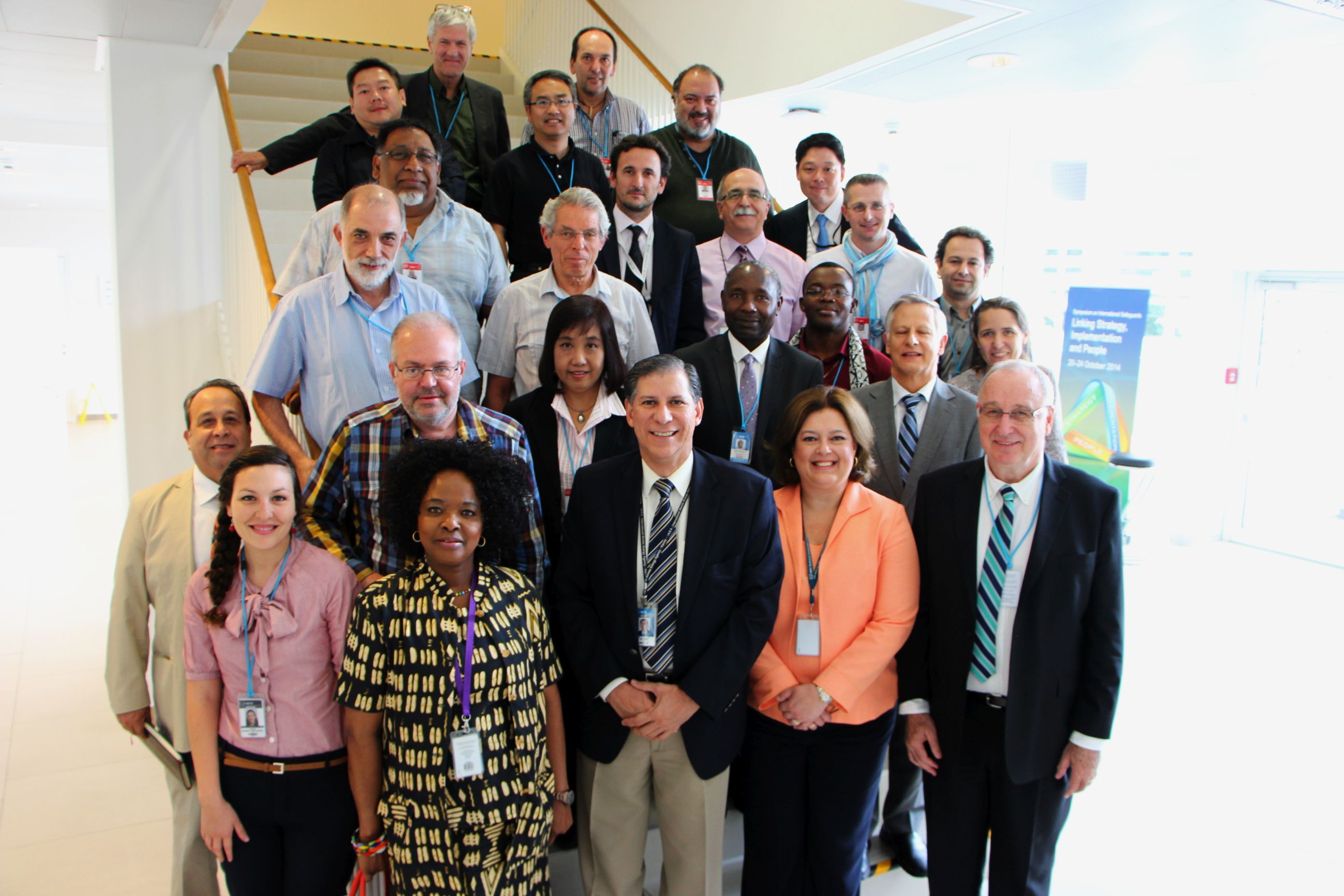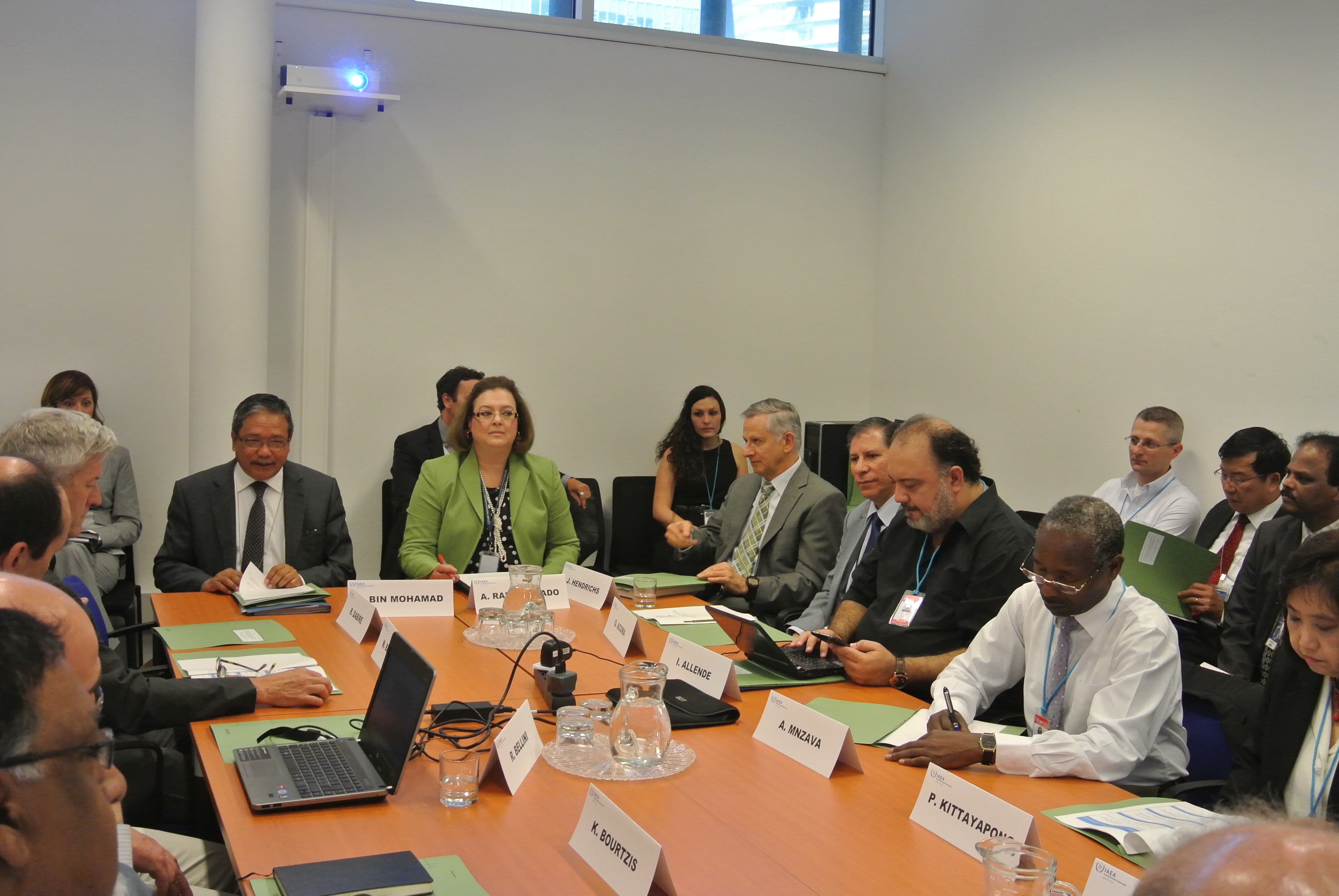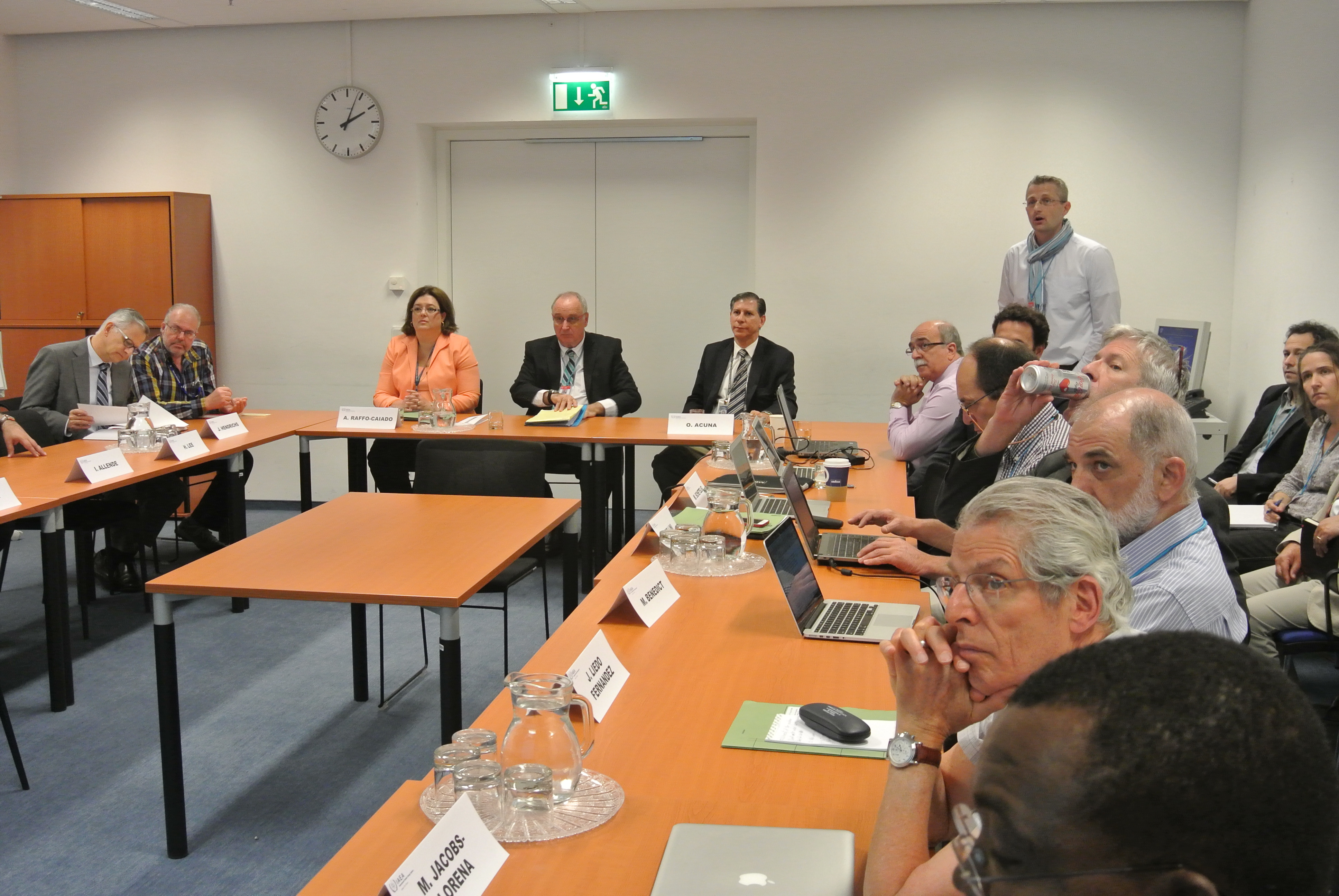Mosquito borne diseases such as malaria, dengue, chikungunya, and yellow fever remain among the most severe threats to the health of millions of people worldwide. Moreover, due to globalization and climate change, the distribution of many species of mosquito has expanded, and they have invaded previously mosquito-free areas. Most of the mosquito populations are being controlled using insecticide-based methods which result in additional health threats, environmental degradation, and increased resistance among mosquitoes. Consequently, IAEA Member States have expressed the urgent need to develop environmentally-friendly and residue-free methods of mosquito control that are in line with sustainable development goals.
At the request of Member States through a General Conference resolution, the Joint FAO/IAEA started a project in the mid-2000s to assess the feasibility of integrating the Sterile Insect Technique (SIT) in the control of some major disease-transmitting mosquitoes, including also research at the Insect Pest Control Laboratory (IPCL) in Seibersdorf, Austria and with other partners to develop different SIT components.
Under the IAEA technical cooperation project INT/0/089, a group of international experts gathered from 16-20 June 2014 at the IAEA-HQ in Vienna to review the status of mosquito control and to discuss alternative and sustainable pest control methods for mosquito vectors, including the SIT. The meeting was opened by Daud Mohamad, Deputy Director General-Nuclear Applications (DDG-NA) and Ana Raffo, Director-Division of Programme Support and Coordination (DIR-TCPC). Notably, the meeting was closed by the incoming Deputy Director General for Nuclear Applications, Aldo Malavasi, who is also an internationally renowned expert in SIT.
The purpose of the Meeting was to develop a Thematic Plan for the SIT and Related Genetic Control Methods for Disease Transmitting Mosquitoes. This plan will serve as a developmental tool for the SIT project in terms of gaps and R&D needs and capacity building, and will provide guidance for future applications based upon best experiences and practices. The plan will also provide a clear understanding of the roles and interests of the major stakeholders, and opportunities to form new partnerships. Member States will directly benefit from the Thematic Plan by means of better programme development, and will eventually benefit from reduced pesticide use and residues, in addition to a greater acceptance of environmentally-sound approaches to pest control.


